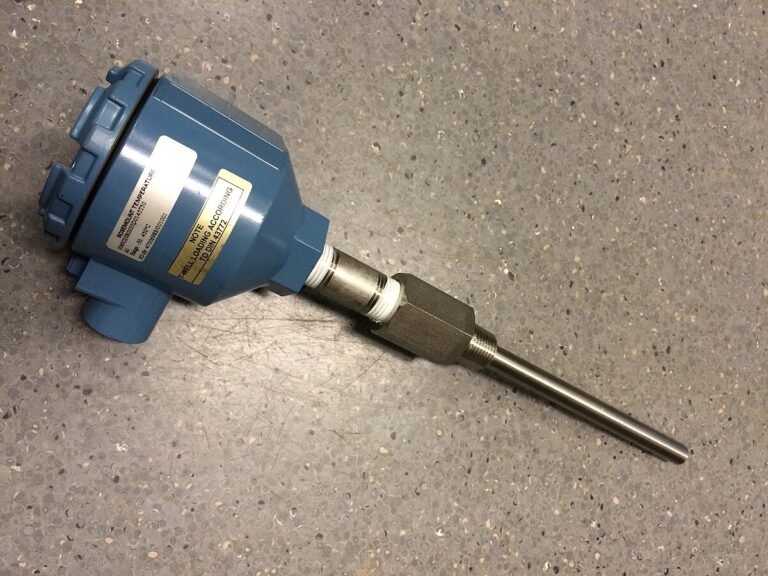I. Temperature transmitter amplification effect
Sensors and transmitters play a pivotal role in the field of instrumentation and industrial automation. Unlike sensors, transmitters can not only convert non-electrical quantities into measurable electrical quantities, but also generally have a certain amplification effect.
Thermocouple temperature transmitters are generally composed of reference source, cold end compensation, amplifier unit, linearization processing, V/I conversion, disconnection processing, reverse connection protection, current limiting protection and other circuit units.
It amplifies the thermoelectric potential generated by the thermocouple through cold end compensation, and then eliminates the nonlinear error between the thermoelectric potential and temperature through a linear circuit, and finally amplifies and converts it into a 4-20 mA current output signal.

Thermistor temperature transmitter is composed of reference unit, R/V conversion unit, linear circuit, reverse connection protection, current limiting protection, V/I conversion unit, etc.
After the temperature measuring thermal resistor signal is converted and amplified, the linear circuit compensates for the nonlinear relationship between temperature and resistance, and after the V/I conversion circuit, a 4-20 mA constant current signal with a linear relationship with the measured temperature is output.
Integrated temperature transmitters are generally composed of a temperature probe (thermocouple or thermal resistor sensor) and a two-wire solid-state electronic unit.
The temperature probe is directly installed in the junction box in the form of a solid module, thus forming an integrated transmitter. Integrated temperature transmitters are generally divided into two types: thermal resistor and thermocouple.

II. The role of temperature transmitter in temperature measurement
The millivolt signal of the thermocouple and the resistance change signal of the thermal resistor are converted into a unified current signal by the temperature transmitter and input into the display and recording instrument.
They can be used as automatic temperature detection and input into the regulator to form an automatic adjustment system for automatic temperature adjustment.
After conversion and input into the electronic computer, temperature patrol detection and computer control can be performed. In the use of temperature transmitters, various faults often occur.
The most common one is the no output fault. As long as the user debugs it properly, it can generally be solved.
The user’s proper learning of the no output debugging of the temperature transmitter is conducive to the user solving the fault problem. Next, the editor will introduce in detail the reasons for the no output phenomenon of the temperature transmitter.

1. Check whether the power supply of the temperature transmitter is connected in reverse and whether the positive and negative poles of the power supply are connected correctly.
2. Measure the power supply of the transmitter to see if there is a 24V DC voltage; the power supply voltage of the transmitter must be ≥12V (that is, the voltage of the transmitter power input terminal ≥12V). If there is no power supply, check whether the circuit is broken, whether the detection instrument is selected incorrectly (the input impedance should be ≤250Ω), etc.
3. If the pressure transmitter is with a meter head, it is necessary to check whether the meter head is damaged (you can short-circuit the two wires of the meter head first. If it is normal after short-circuiting, it means that the meter head is damaged). If the meter head is damaged, you need to replace it.
4. If there is a problem with the pressure transmitter, you can connect the ammeter in series to the 24V power supply circuit to check whether the current is normal. If it is normal, it means that the transmitter is normal. At this time, you should check whether other instruments in the circuit are normal.
5. Whether the power supply is connected to the power input terminal of the transmitter, connect the power cord to the power wiring port.

The reasons for the temperature transmitter to have no output debugging are the above situations. Of course, in actual applications, there may be many problems that cause the temperature transmitter to not work properly.
Before installation and use, it is recommended that you carefully take pictures of the faults. In general, if a sensitive component fails, it cannot be repaired by an individual, and the manufacturer should be contacted to replace the entire component.
